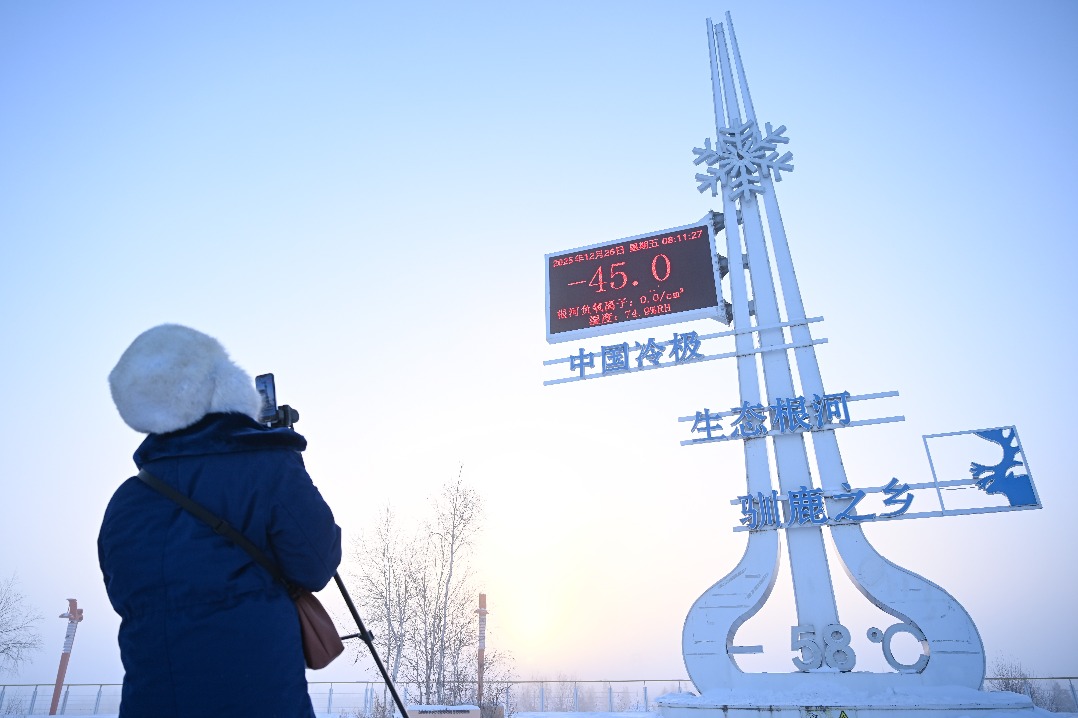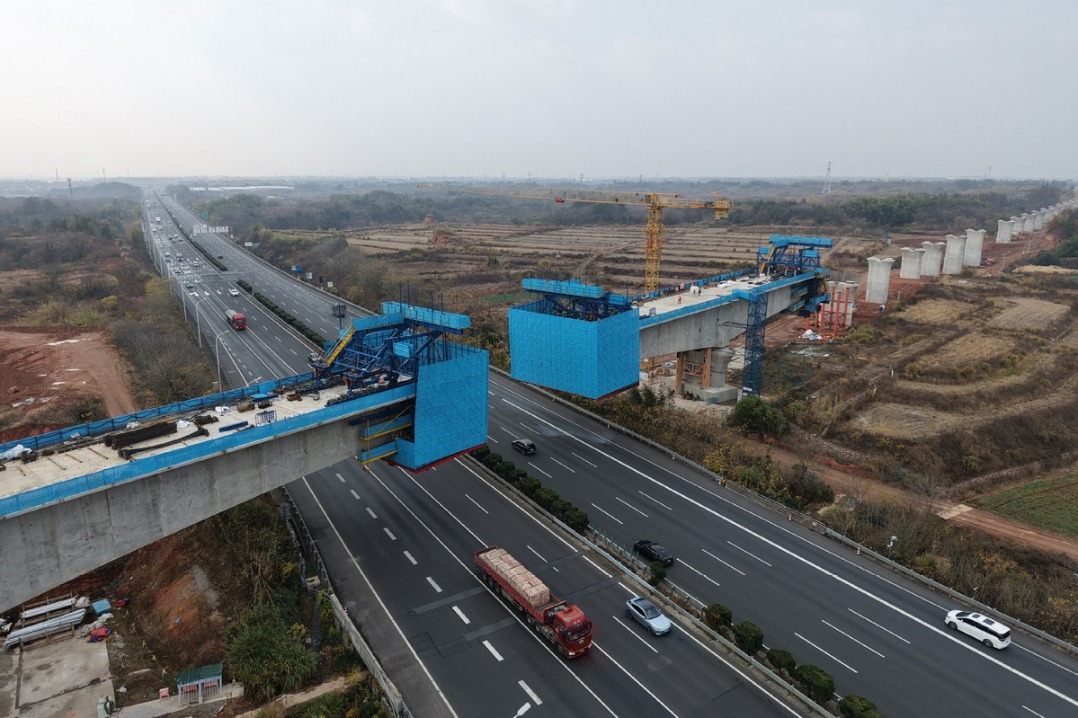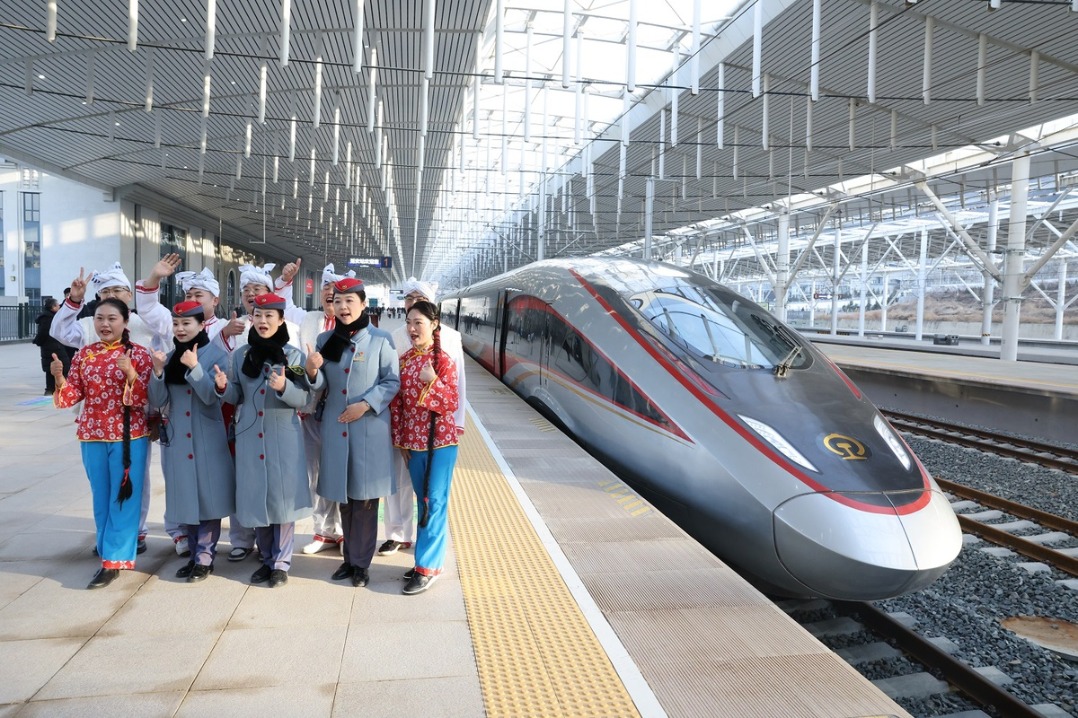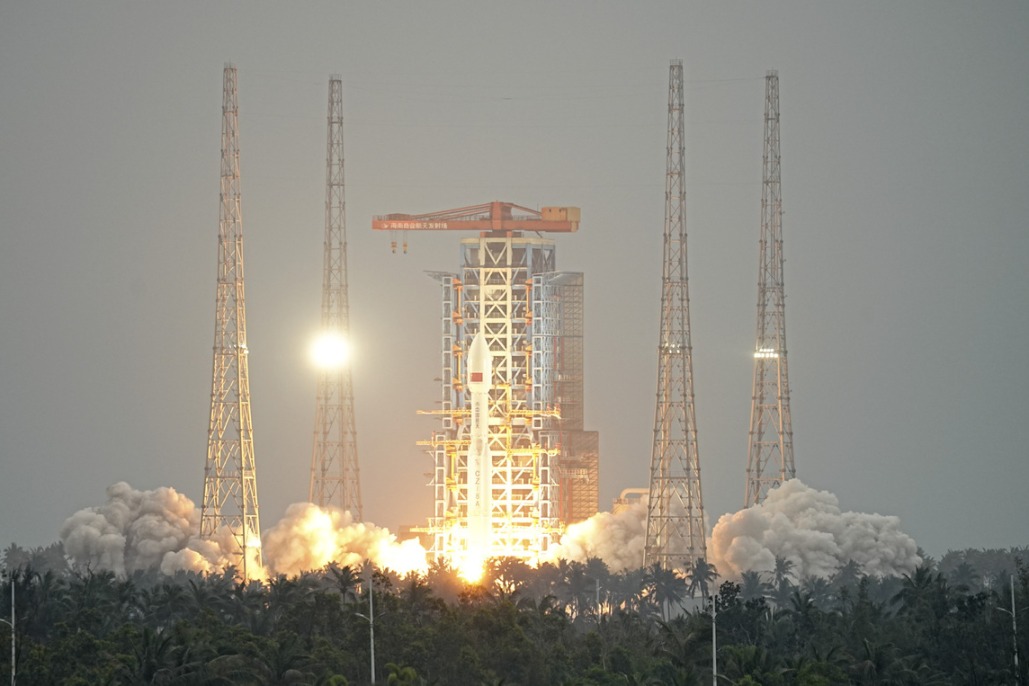How it took decades for space program to take off

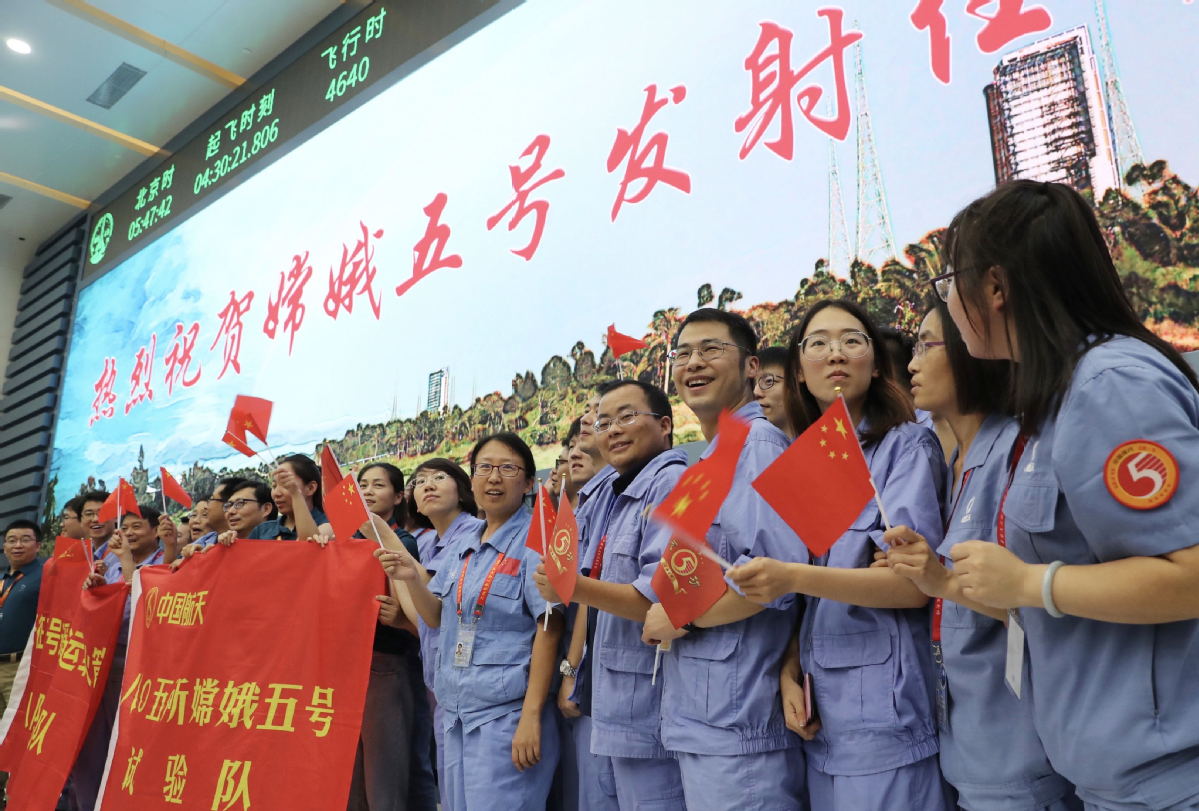
Back in 1970, the year China launched its first satellite, some scientists suggested that the government should start a lunar exploration program.
However, their suggestion was turned down by then Premier Zhou Enlai due to technological and financial difficulties.
In 1997, several top Chinese scientists launched an initiative calling for the central government to pay greater attention to lunar exploration. After that, the country's science community kept urging space authorities to undertake lunar programs. In November 2000, the government announced in a white paper that preparatory research on lunar exploration had been included in its space planning program.
In February 2003, the government said it was ready to open a lunar program and appointed three scientists to head the project team.
In January 2004, the first phase of the Chang'e program was officially approved, marking the formal opening of China's lunar exploration mission.
After nearly four years of preparations, the first lunar probe, Chang'e 1, was launched on Oct 24, 2007, from the Xichang Satellite Launch Center in Sichuan province.
It was tasked with testing and verifying China's lunar probe technologies, obtaining images of the moon and performing scientific surveys.
It obtained a lot of scientific data and generated images for the nation's first map of the entire lunar surface. In March 2009, the probe made a controlled crash on the lunar surface.
Chang'e 2, which made technical improvements on Chang'e 1, was launched on Oct 1, 2010, from the Xichang center to carry out high-definition imaging of the moon and scout possible landing sites for the next mission. It completed its tasks and left lunar orbit.
Chang'e 3, a milestone in China's space exploration history, was launched on Dec 2, 2013, from the satellite center in Sichuan.
It was the first Chinese spacecraft to land on the moon, and the first vessel to achieve that since Luna 24, a probe of the former Soviet Union, performed the same feat in August 1976. Chang'e 3 carried the first Chinese lunar rover, Yutu, which collected data for nearly 1,000 days that was sent back to Earth via a relay satellite in lunar orbit.
On Dec 8, 2018, China launched Chang'e 4 to explore the far side of the moon, which faces away from Earth. After 26 days, the spacecraft made a soft landing in the Von Karman crater in the South Pole-Aitken Basin, beginning humanity's first close observation of the "dark side of the moon".
The Chang'e 4 mission has enabled scientists to deepen their knowledge of the moon and its early history, as well as that of the solar system. Its Yutu 2 rover is the first to explore the far side of the moon.
- China seeks public feedback on draft rules for anthropomorphic AI services
- China's top legislature concludes standing committee session
- China adopts revised Civil Aviation Law
- China launches satellite to aid in early extreme weather detection
- Report on mining accident that killed 6 suggests accountability for 42 individuals
- Law aimed at bolstering standard Chinese language education passed
















